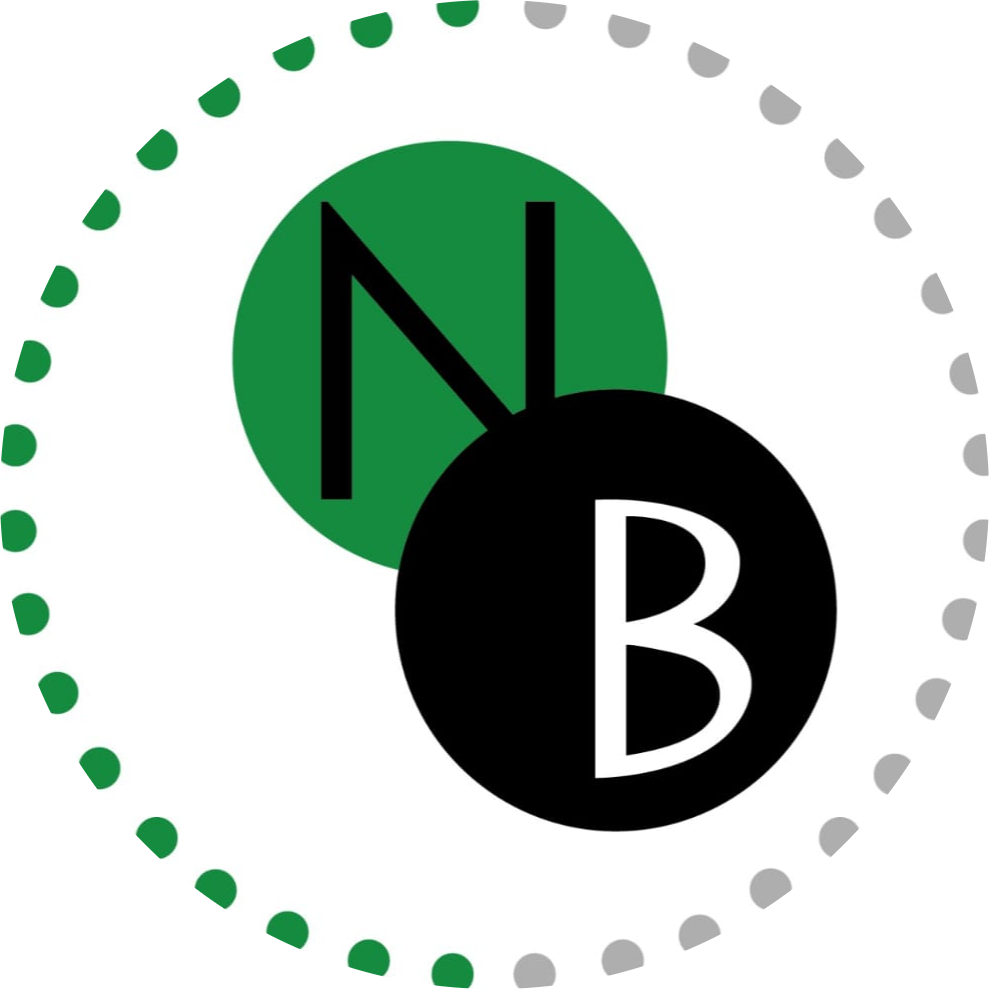When it comes to protecting your home or business investment, one of the most important aspects to consider is the condition of your roof. A well-maintained roof not only enhances the overall appearance of your property but also provides essential protection against the elements. This is where St George Roof Coatings comes in, offering top-notch services to ensure the longevity and durability of your roof.
St George Roof Coatings is a reputable company that specializes in providing high-quality roof coating solutions for residential and commercial properties in the St George area. With years of experience in the industry, their team of experts is dedicated to delivering exceptional results that exceed customer expectations.
One of the key benefits of investing in roof coatings from St George Roof Coatings is the added protection they provide to your roof. The harsh weather conditions in St George, including intense sunlight, heavy rain, and strong winds, can take a toll on your roof over time. By applying a protective coating, you can extend the lifespan of your roof and prevent costly repairs or replacements down the line.
In addition to protection, roof coatings from St George Roof Coatings also offer energy-saving benefits. By reflecting sunlight and reducing heat absorption, roof coatings can help lower your energy bills by keeping your property cooler in the summer months. This not only benefits your wallet but also reduces your carbon footprint by decreasing the need for air conditioning.
Furthermore, St George Roof Coatings offers a wide range of coating options to suit your specific needs and preferences. Whether you are looking for a waterproof coating to prevent leaks or a reflective coating to improve energy efficiency, their team can recommend the best solution for your roof.
Another advantage of choosing St George Roof Coatings is their commitment to using high-quality materials and advanced techniques. Their skilled technicians are trained to apply coatings with precision and attention to detail, ensuring a flawless finish that enhances the appearance of your roof.
Overall, investing in roof coatings from St George Roof Coatings is a smart decision to protect your investment and improve the performance of your roof. With their expertise, professionalism, and dedication to customer satisfaction, you can trust that your roof will be in good hands.
In conclusion, if you are looking to safeguard your property and enhance the longevity of your roof, consider St George Roof Coatings for all your roofing needs. With their top-notch services and superior products, you can rest assured that your investment is well-protected for years to come. Contact St George Roof Coatings today to learn more about their services and how they can help you maintain a strong and durable roof.
For more information on st george roofing contact us anytime:
St George Roof Coatings: Enhance Durability & Appeal
https://www.stgeorgeroofcoatings.com/
St. Goerge, Utah, United States
Extend & protect your flat roof’s life with St George Roof Coatings. Commercial & Residential roofing. Ideal for weather resistance and energy saving.
Is your roof in need of a makeover? Look no further than stgeorgeroofcoatings.com! Our expert team offers top-quality roof coatings that will not only enhance the appearance of your home but also provide added protection against the elements. Stay tuned for more information on how we can transform your roof into a stylish and durable feature of your property.















